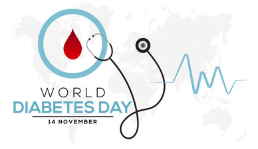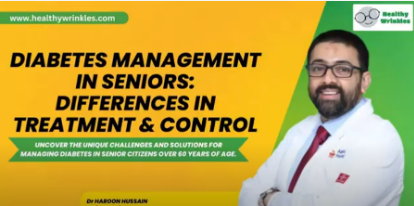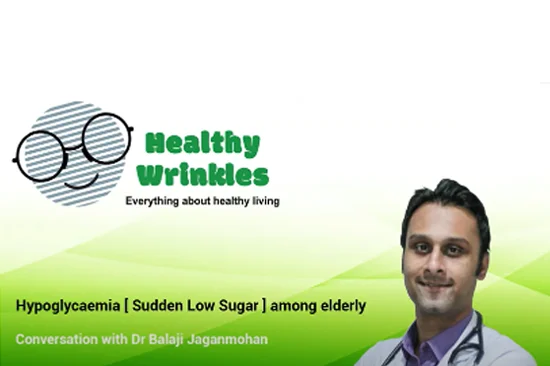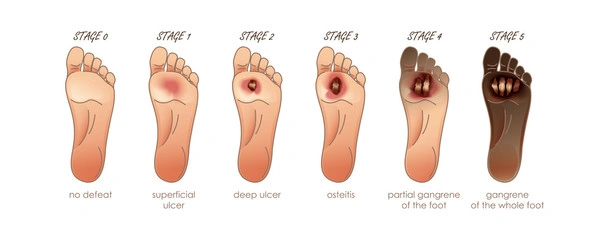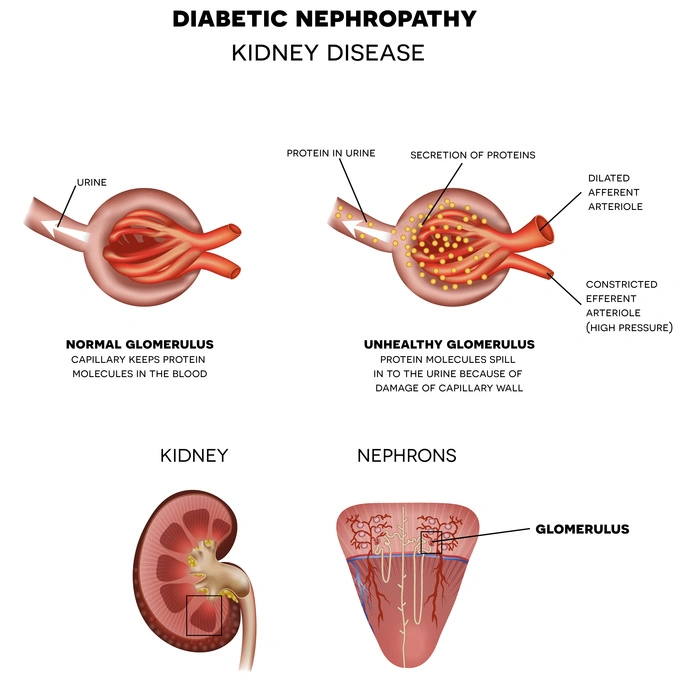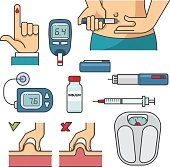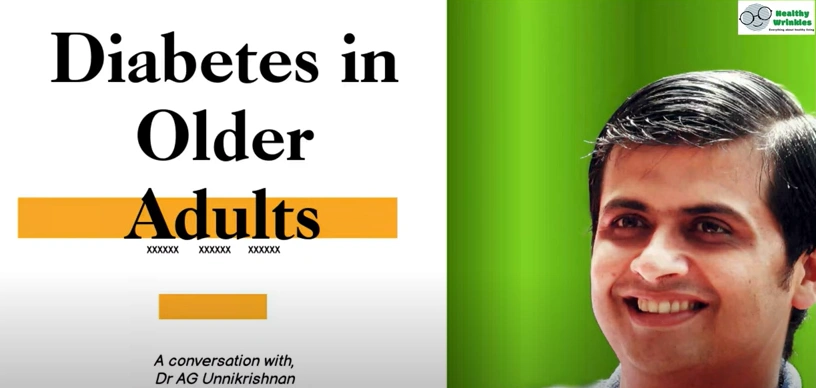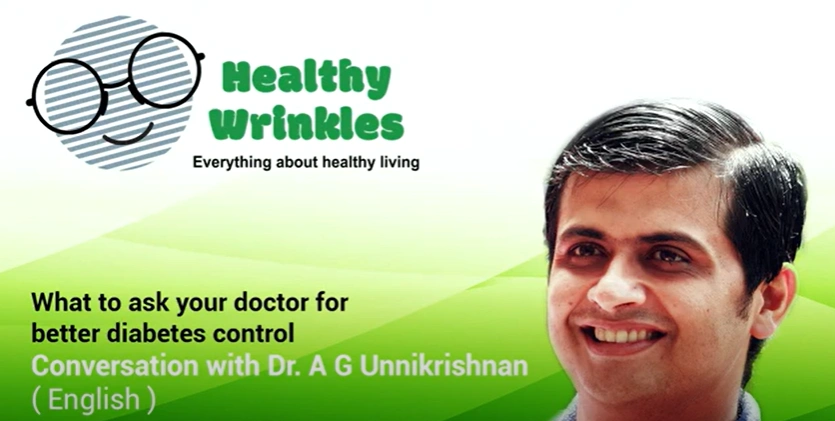Tips for Family Members Managing Hypoglycemia
25-06-24
Dr. Balaji Jaganmohan, a renowned diabetologist at Apollo Hospitals, in a conversation with Healthy Wrinkles, explains Tips for Family Members - Managing Hypoglycemia.
Understanding Hypoglycemia
Before we dive into the tips for managing hypoglycemia in family members, let's briefly recap what hypoglycemia is. Hypoglycemia, often referred to as 'hypo,' occurs when a person's blood sugar levels drop below the normal range. This can happen to individuals with diabetes, especially if they are taking insulin or sulfonylurea-containing drugs. For more information about commonly prescribed drugs for the management of chronic disorders like diabetes, refer to the video series Know Your Medicines. Hypoglycemia can lead to various symptoms, which can vary from person to person. These symptoms might include shakiness, confusion, sweating, rapid heartbeat, and, in severe cases, loss of consciousness. Recognizing these symptoms is crucial for family members, as early intervention can be a lifesaver. Watch our YouTube playlist on diabetes(Madhumeha) to know more.
Educating Family Members
One of the primary steps in managing hypoglycemia in family members is education. Patients, caregivers, and guardians should be well-informed about the condition and its potential risks. Providing educational materials, such as leaflets with pictorial depictions, can be immensely helpful. These materials can outline the different symptoms of hypoglycemia, making it easier for family members to correlate the symptoms with what they observe in their loved ones. It's essential to educate family members about the importance of timely action in the event of a hypoglycemic episode. Immediate corrective measures are crucial, but these should be administered with caution. Learn more about diabetes in seniors from our experts.
Corrective Measures
When a family member experiences the symptoms of hypoglycemia, it's essential to act swiftly. However, there are some vital considerations to keep in mind. If the individual has lost consciousness, it is not advisable for the caregiver to give anything orally. This is because unconscious individuals may risk aspirating any liquid containing glucose, which can lead to pneumonia or other aspiration-related side effects. If the person is conscious and complains of hypoglycemic symptoms, then checking their blood sugar levels is the first step. Even if they cannot check their blood sugar on their own, family members can use a glucometer if available. If the symptoms align with what's been discussed during clinic visits, oral administration of glucose is a safe option. Read more about the role of geriatrician in managing chronic health conditions.
Keeping Glucose Handy
Preparation is key in managing hypoglycemia in family members. We recommend that caregivers ensure that the elderly individual has a source of fast-acting carbohydrates with them at all times. This can be something as simple as a piece of candy. However, it's wise to avoid chocolates as they contain fat, which can slow down the increase in blood sugar levels. Instead, opt for direct sources of sugar. A small amount of mango juice or any form of apple drink can work wonders in restoring blood sugar levels quickly. Having these options readily available can be a game-changer in managing hypoglycemia effectively. View Doctor At Home for emergency care.
Carrying a Diabetic Card
To add an extra layer of safety, it's advisable for individuals with diabetes, particularly elderly patients, to carry a diabetic card with them. This card should clearly state that the person is diabetic and that they are susceptible to hypoglycemia. In case they have gone out, haven't eaten, or have engaged in excessive physical activity, this card can be a lifesaver. If a diabetic person collapses due to hypoglycemia, the card serves as a crucial piece of information for those who come to their aid. It ensures that the person receives prompt and appropriate care, potentially saving their life.
Conclusion
Managing hypoglycemia in family members, especially elderly patients, requires a combination of education, preparation, and quick thinking. Recognizing the symptoms of hypoglycemia, understanding the correct measures to take, and having fast-acting sources of glucose readily available can make all the difference. Remember, hypoglycemia can be a serious and life-threatening condition, but with the right knowledge and tools, family members can play a vital role in ensuring the well-being of their loved ones. By following these tips and being proactive, you can help your family members with diabetes live healthier and safer lives.
Whether you are searching for informative articles, or looking for healthcare providers, Healthy Wrinkles is an excellent resource for all your senior care needs. We also have a great compilation of all the medical expert talks for healthy aging on Healthy Wrinkle YouTube channel.
"Join the cause and make a difference in a senior's life - share your knowledge about local senior care resources today!"
Disclaimer: Healthy Wrinkles does not recommend or offer any medical diagnosis, treatment, or advice. The information provided here is only for the awareness of disease or ailment among individuals, caregivers, and the public. The advice of doctors, licensed professionals, or therapists who are knowledgeable about your particular situation should always be sought before using the information provided here. It should also not be used in the event of a medical emergency or for the diagnosis or treatment of any medical condition. If you want urgent assistance, contact a qualified medical professional. Additionally, the information represents the author's views and not those of Healthy Wrinkles.
